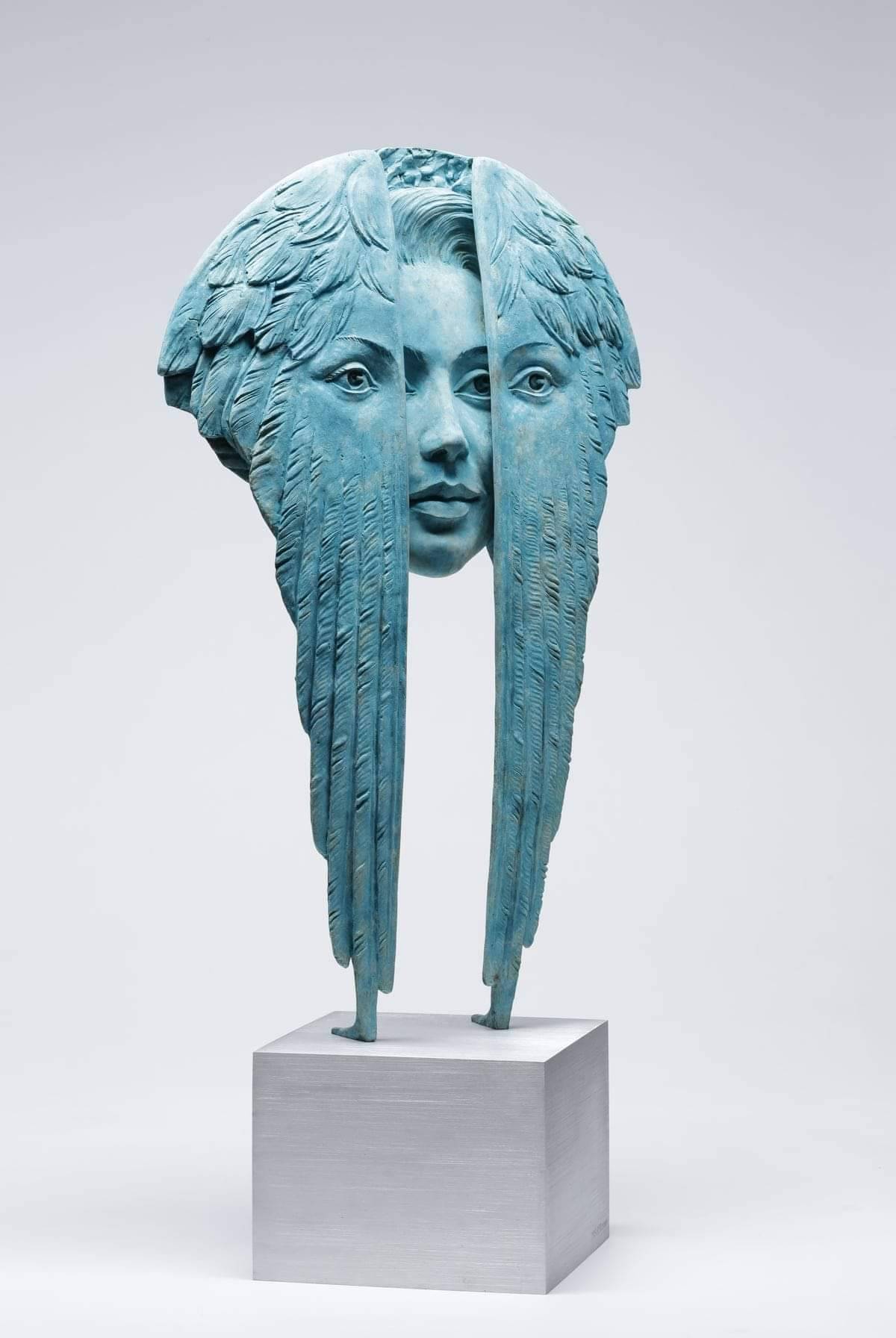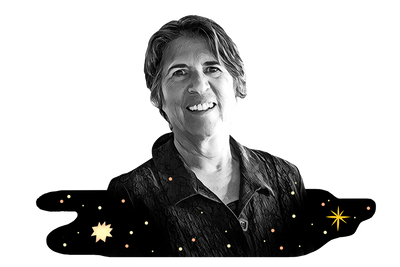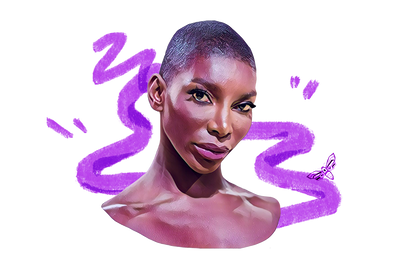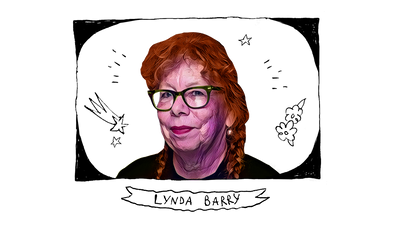- The purpose of play and why you need more of it for your heart and brain
- The stunning work of Volodymyr Tsisaryk, for whom "sculptural figures are ourselves, our emotions, thoughts, and risks"
- Links on the healing power of music for medical patients, why artists aren't getting paid, and the link between autism and creativity
- And just like that...
Building a creative life
Why play matters for grownups, too
The images that come to mind when we think of "being creative" are often freeform, relaxed, recreational: we might imagine someone flinging paint at a canvas with abandon, or dancers moving joyously. What we picture when we imagine the lifestyle of a "creative person," however, or the ways we imagine pursuing creativity in our own lives, tend to look very different. We might see ourselves hunched over a desk trying to write our words for the day, using a timer or a habit tracker – it looks much more like work.
Neither of these approaches are bad; timers, habit trackers, and word counts all have their role in building a space in our lives for creative being. Structure and freeform inspiration both have their role to play. That word, however – "play" – ends up being the part that often gets lost in the struggle to access a creative part of ourselves in a culture obsessed with productivity.
It's not controversial to contend that play is a fundamental part of childhood and human development. Studies have found that creative play helps children increase their self-expression, motor skills, communication, problem-solving, and overall creativity. Creative play also provides a sense of security and satisfaction, which can help children build positive self-esteem. Additionally, creative play can help children learn to work both independently and collaboratively, and it can even give children the opportunity to release any negative emotions they may be feeling.
Think about the drawings you likely made as a child, or that your children may make now: they likely featured your family, your pets, your home, and figures that were emotionally important to you, like Santa or your classroom teacher. They may have included figures or concepts that you were challenged by or nervous about: the school bus before your first day of school, the big dog next door you were scared of. Children who have been through major trauma, like loss or violence, also try to understand their experiences through drawing and play; they may have their toys fight just like Mom and Dad, or build with blocks the home they were forced to flee from. These form of creative play are a way of working through and processing experiences and ideas that have a major impact on children – and they are still a form of play, combining both joy and recreation with serious emotional "work."
In adulthood, we tend to have lost the space in our lives dedicated to play. Even the things we do for recreation – sports, bar trivia, plans with friends, bar games, video games or TV – tend to have some kind of specific function. They help us find friends outside of school or work, stay connected with loved ones when our lives are busy, distract ourselves from stress of work or relationships – we may even be optimizing our recreation, pursuing fitness or reading in ways that aren't focused on joy, but on self-improvement. The reality is that even the fun we have as adults isn't often play.
This is a problem, because we need the same benefits from play that children do. Scientists think that play may be linked to BDNF, "a molecule manufactured in our brain cells that helps neurons grow, survive, and form synapses." Perhaps unsurprisingly, it also makes us happier: "adult playfulness demonstrated robust positive relations with life satisfaction."
There's more, though: beyond juking our most desirable brain chemicals, play offers something almost ineffable that we really can't get any other way. As Julia Cameron says, "Far from being a brain-numbed soldier, our artist is actually our child within, our inner playmate. As with all playmates, it is joy, not duty, that makes for a lasting bond.” In order to access the powerful things that making art can offer us – including deep healing and transformation – we need to be able to access the play aspects of creation, the parts of our brain that led us to draw pictures as a child.
We're still working through our most important thoughts and experiences through art as adults, just like we were when we were drawing our family on our lawn; but we don't get there by setting timers or hitting our word count, we get there by letting the childlike part of our brain try new things. We know that the flow state is enabled by finding "the sweet spot of what’s currently creatively challenging for you without being so difficult that it discourages you" – which is also what defined play for us as children.
What defines play for you as an adult? The answer lies in what you currently find interesting, but not easy – and what feels like it could offer simple joy, not the promise of self-improvement.
Creative soundbites
⚡ "The body has perfect memory when it comes to energy." A conversation with Ferrari Sheppard, whose work "punctures and wounds the soul with its emotional clarity, then it heals you with its honesty."
🧠 On the relationship between autistic identity and creative practice: "As I come to respect my real limits and stop pushing myself to outwardly excel, I have discovered that creative self-expression is a core principle of my life, as important to my wellbeing as food, sleep, or exercise."
🎵 The healing power of music for residents in healthcare facilities. "I quickly learned that bringing music into a space creates an energetic connection for everyone, as I watched the energy shift among doctors, nurses, staff and the people visiting loved ones."
🌀 "Despite there being correlations between creativity and mental illness, the “mad artist” archetype may romanticize unhealthy work habits and stigmatize artists who suffer from mental health disorders."
💸 Why "art is making more money but artists are getting poorer."
Visual of the week

"Volodymyr Tsisaryk, 1978, is a Ukrainian sculptor. He studied Monumental and Decorative Sculpture as academic disciplines and earned a Master’s degree with honors.
In his sculptural practices, among other materials, he gives preference to bronze but also interacts confidently with aluminum, wood, and stone. The artist works and travels a lot, and with inspiration, this creative approach determines the balance of his art and the silent eloquence of his sculptures. His numerous art exhibitions took place in various locations across the globe for the past decades: Bucharest, Chéngdū, Dubai, Helsinki, Kyiv, Lviv.
Volodymyr explores people’s nature, capturing the concepts of power, fear, knowledge, longing, dependence, forgiveness, and pleasure. All the artworks are quite different in design, and it is such heterogeneous spatial formats that make it possible to create a gallery of human beings. Sculptural figures are ourselves, our emotions, thoughts, and risks."
| Tell friends about us → Win prizes | |||
| 2 Referrals Hero's Circle Infographics | 10 Referrals Week of Creative Warm-ups | 25 Referrals Early Access to the Narrative therapy platform | |
| Check your referrals | |||
| Powered by Viral Loops | |||
Meme of the week

Today's newsletter is brought to you by Rachel Kincaid, Alyona Belyakova, and Egor Mostovshikov









